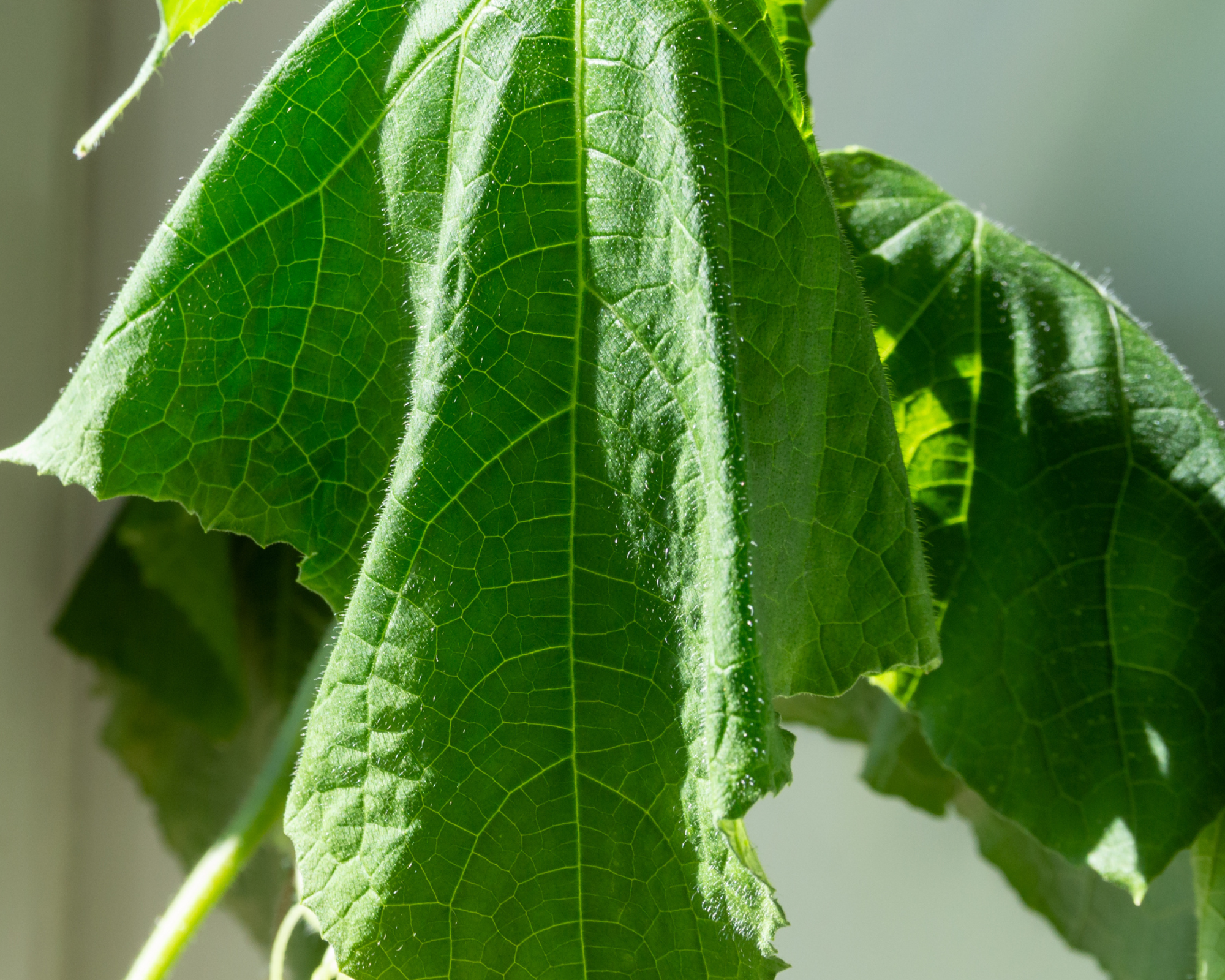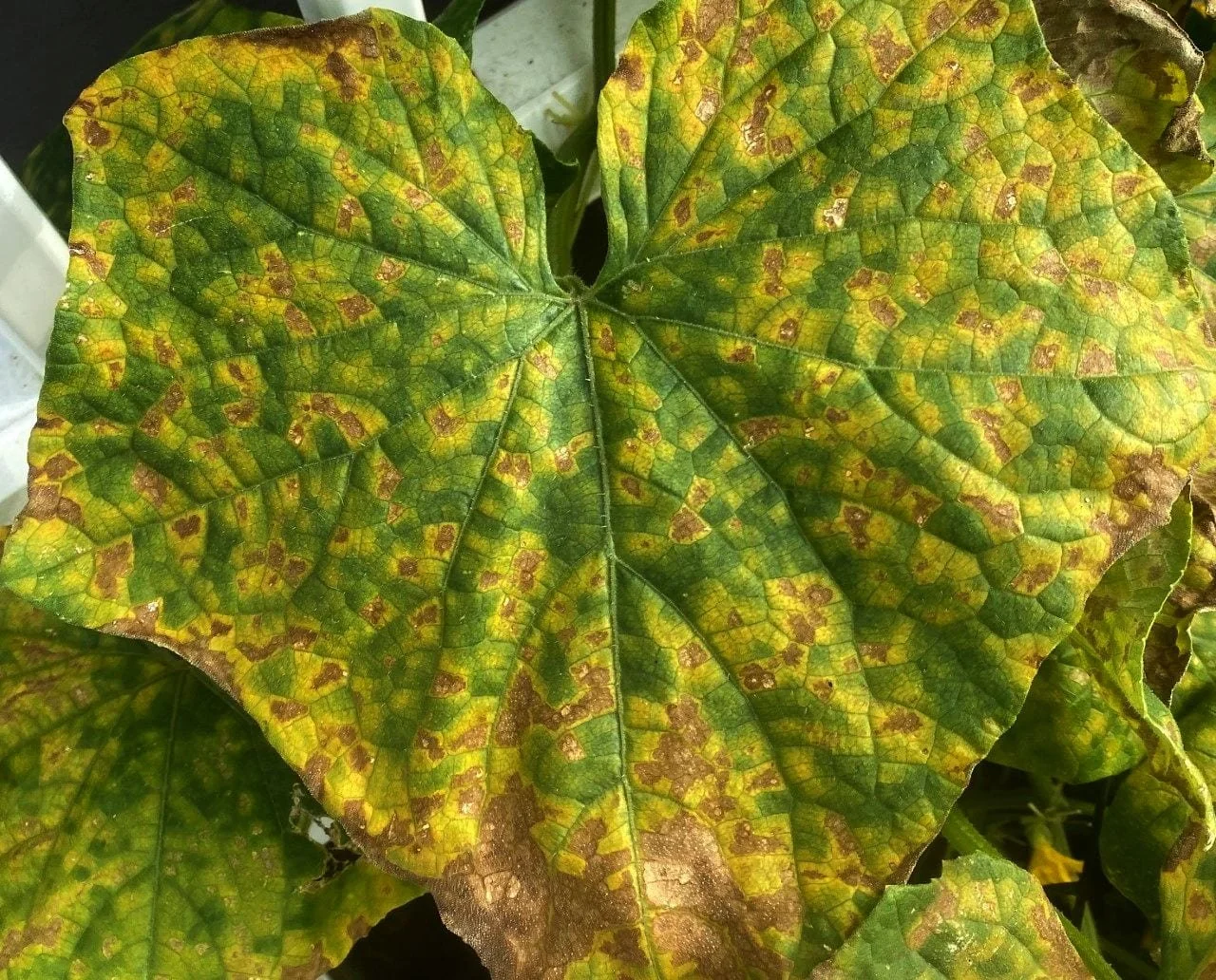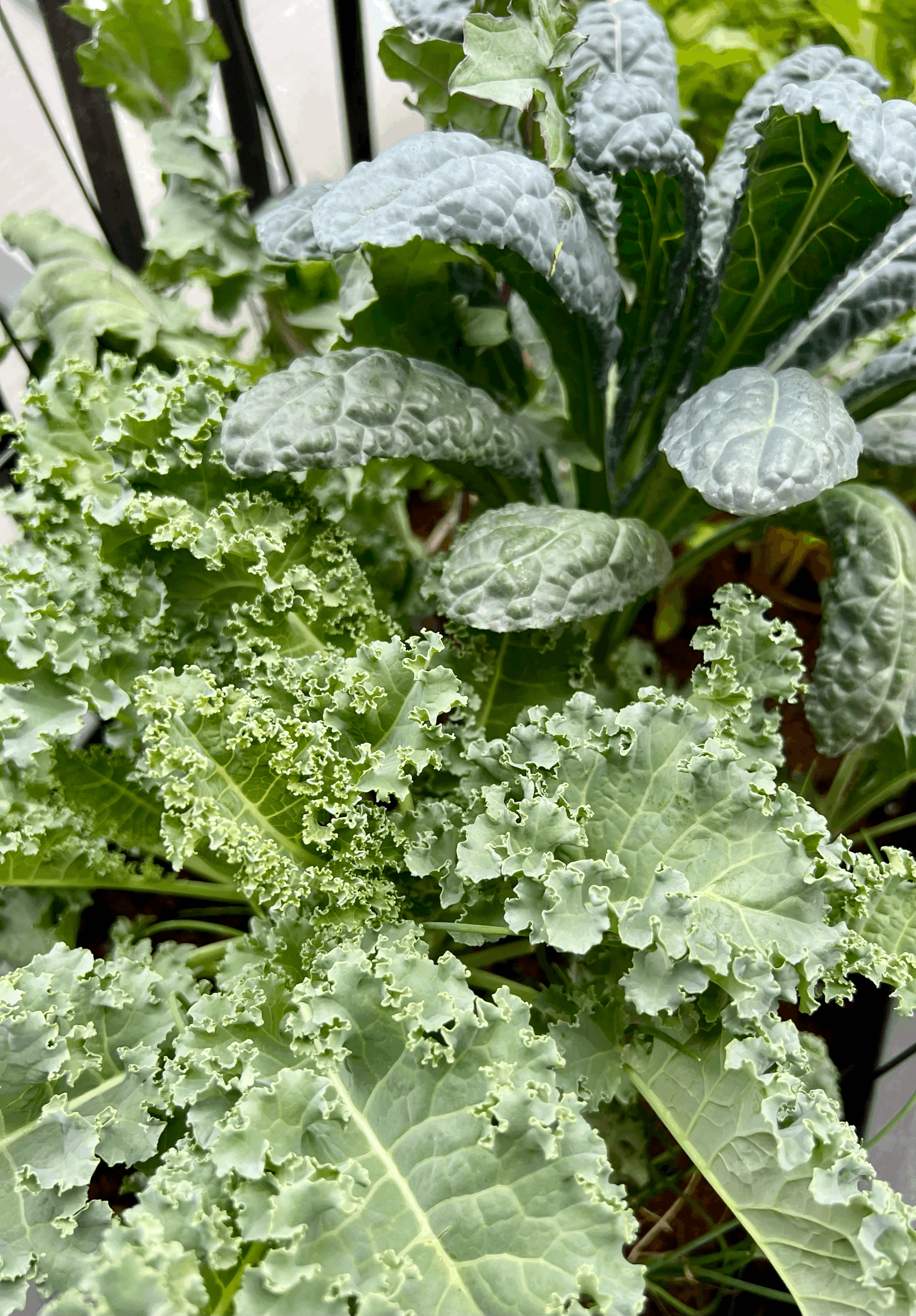PLANT INFIRMARY
When Kitchen Garden Plants Get Sick
A tomato leaf has gone yellow, the basil looks speckled, a squash vine is wilting in the heat. It’s easy to panic. But most of these things are part of gardening in our humid Hudson Valley summers. There are times to act, of course, but not until you’ve taken a closer look and named the issue. My mantra: observe closely and frequently, react slowly. Not every yellow leaf means trouble, and not every spot requires pulling a plant.
This quick reference guide will help you size your response: when to prune, when to replant, and when to do nothing at all, so you can protect your garden and your sanity.
How to Tell if a Plant is Actually Sick
Before assuming the worst, I always start by looking for patterns:
Cosmetic or systemic? Yellowing leaves at the bottom of the plant may just be aging. Sudden collapse or spreading lesions usually means disease.
Stress-related? Heat waves, poor airflow, and inconsistent watering can trigger disease or make plants more vulnerable. Fixing those conditions is often more effective than anything you spray.
Location and pattern: Is it just one plant? One section? Does it start low and move up, or appear all at once? The answers point you toward the culprit.
Common Vegetable Garden Diseases in the Hudson Valley
These are the problems I see most often in mid-summer, especially in tomatoes, squash, cucumbers, and basil. Each includes what it looks like, what to do about it, and how to prevent it next season, if avoidable.
Tomato and Potato Blight (Early and Late Blight)
Early blight (Alternaria solani):
Dark brown spots with concentric rings appear on older leaves first, then spread upward. It survives in soil and plant debris and inevitably shows up at some point during the season. This is the much more common blight in our area.
Late blight (Phytophthora infestans):
Large, water-soaked patches that quickly turn black or brown, sometimes with pale fuzz underneath. It spreads fast on storm fronts and can take down an entire tomato patch in days. I’ve never actually experienced late blight, not in my garden or in a client’s.
What to do:
For early blight: Prune infected leaves, mulch to prevent soil splash, and improve airflow. Remove heavily infected plants. Fruit from healthy parts is safe to eat. Spores survive in debris, but hot composting (140°F/60°C) can kill them. If your compost does not reliably reach high heat, discard infected material.
For late blight: Pull and trash plants immediately. Do not compost. Do not pass go. Do not collect $200. Fruit is not safe to eat. Rotation alone won’t prevent late blight; sanitation and early removal are critical.
Powdery Mildew (Squash, Cucumbers, Basil, Others)
White, powdery growth on older leaves, common in dry conditions with high humidity (yes, both can happen at once here). It rarely kills plants outright but can slow them down and shorten the season.
What to do:
Prune for airflow, remove infected leaves, and try milk sprays (10% dilution) preventatively. Studies are mixed, but they are reported to work best when used early.
Fruit remains safe to eat. Compost removed plant material.
Bacterial Wilt (Cucumbers, Squash, Melons)
Sudden wilting of entire plants, even when soil is moist. Caused by Erwinia tracheiphila bacteria spread by cucumber beetles.
What to do:
Remove and trash infected plants; there’s no cure.
Monitor for cucumber beetles early next season (flick them into a bucket of soapy water) and rotate cucurbit crops to reduce reinfection.
Downy Mildew (Cucumbers, Spinach, Lettuce, Basil, others)
Yellow angular spots on leaf tops with gray-purple fuzz underneath, spreading fast in wet weather. Windborne spores usually arrive mid- to late-summer.
What to do:
Pull and dispose of infected plants. Compost only in a hot compost system that reaches about 140°F (60°C) or after solarizing the plant material in sealed plastic until it is fully dried.
Choose resistant basil varieties and watch cucumbers closely in July and August.
Septoria Leaf Spot (Tomatoes, Eggplants, Peppers, Celery)
Tiny circular spots with dark edges and tan centers on lower leaves, moving upward. Often confused with early blight but spots stay much smaller.
What to do:
Remove spotted leaves, mulch to prevent splash, improve airflow. Fruit is safe to eat. Rotate tomato family crops every 2–3 years. Similar to early blight; can survive in debris, so compost only if using a hot compost system.
Note: While mulching can be done with straw or arborist wood chips, my favorite approach is with a living mulch. Use low growing plants, like sweet alyssum, to cover the soil.
Anthracnose (Seemingly everything)
Sunken dark spots on ripening fruit, sometimes oozing (so sorry) in humid weather.
What to do:
Harvest promptly, avoid overhead watering, and discard any affected fruit. Rotate crops and clean up debris to reduce reinfection. (Photo: Cornell University)
When to Pull a Sick Plant
Sometimes the best move is to start over.
Pull it if:
The disease is spreading fast and affects most of the plant
Fruit is rotting or won’t ripen
The plant is acting as a pest host even after repeated removal
Leave it if:
Symptoms are mild and new growth looks healthy
You can prune affected parts and improve airflow
All is not lost! Removing a failing plant opens space for fast-growing summer crops like bush beans, kale, carrots, or beets. July and August are still great planting months here. Or take the opportunity to plant fall vegetables.
Why Crop Rotation Matters
Crop rotation is one of the simplest ways to limit soil-borne diseases. If tomatoes, squash, or other plant families struggled this year, avoid replanting the same family in that bed for 1–3 years. (I don’t rotate as a default move.) Rotation also helps disrupt certain pests that overwinter in the soil, like squash vine borers and flea beetles, reducing two problems at once. Combine rotation with debris cleanup for the best results.
Final Thought: The Gift of the Home Garden
Commercial organic farms work hard to deliver perfect produce on a strict timeline. Our home gardens get to play by different rules. We can choose flavor over appearance, habitat over control, and let nature take the lead.
Every year I find myself doing less and noticing more. A few holes in the kale or spots on the tomato leaves? That’s not failure. Disease isn’t defeat and, in my professional opinion, shouldn’t be more than a mild annoyance in so many cases.
Need help figuring out what’s happening in your garden? I offer virtual consults nationally and in-person coaching in the Hudson Valley to help diagnose problems and set up resilient systems that work with nature. Request a chat here!
Return to the Gardenwell Journal








